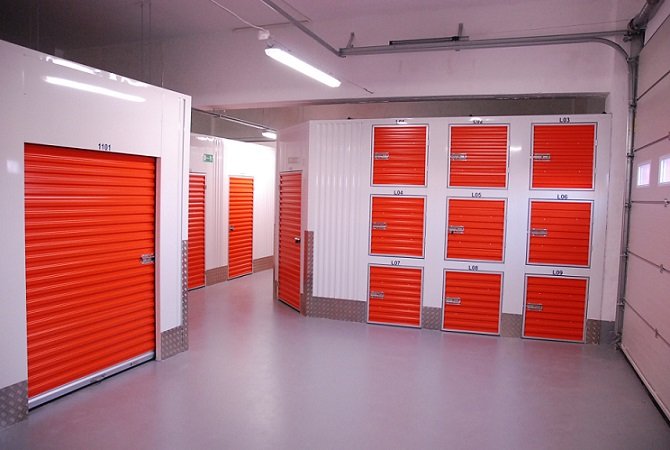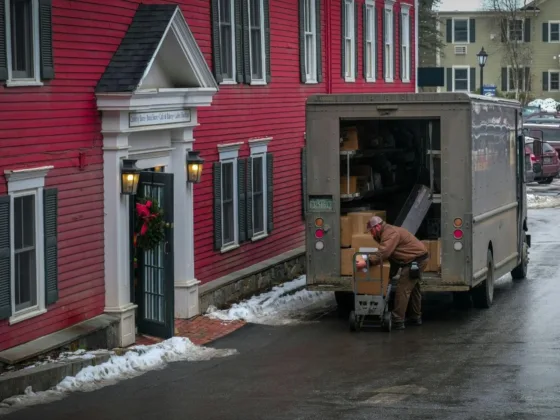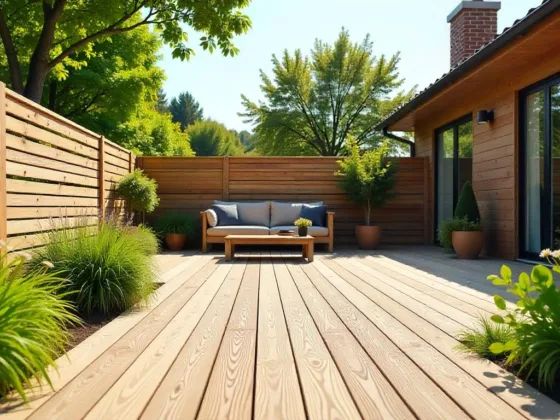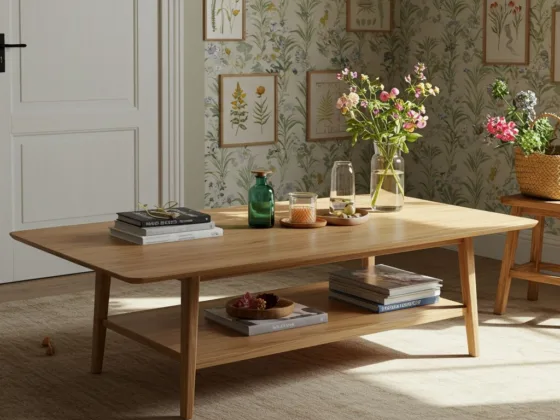Table of Contents Show
In the fast-paced world, we live in, space is often a luxury we crave. Luckily, self-storage units are here to help. They are a practical solution offering safe, secure, and easily accessible storage for your belongings.
But you might be wondering, exactly what goes in a self-storage unit? It’s a common question for those new to this concept. We will delve into this topic, exploring the ins and outs of self-storage units.
The units of storage space for rent come in various sizes, allowing you to choose one that best suits your needs.
These facilities are perfect for storing items that take up unnecessary space in your home, garage, or basement.

From personal belongings to business inventory, self-storage units are versatile and can accommodate a wide range of items.
Nonetheless, understanding what goes in a self-storage unit is essential to maximize its benefits. The following is all about what you can store, what rules and restrictions to be aware of, and how to optimize your storage space.
The Most Common Items Found in Self-Storage Units
When it comes to what goes in a self-storage unit, the list is extensive. However, certain items are more commonly stored than others.
Furniture, for instance, tops the list. Old sofas, tables, and beds that aren’t used daily but are too valuable or sentimental to throw away are perfect for self-storage units.
To be honest, most storage units are filled with stuff you would see at a typical yard sale but their owners have too much emotional attachment to them to just sell the stuff.
Another common category is seasonal items. This could mean holiday decorations, summer or winter sports equipment, or even seasonal clothing.
These items can take up valuable space at home but are only needed at certain times of the year.
Collectibles and memorabilia are also frequently stored.
From comic books to antique furniture, these items might not fit into your daily living space but are precious and deserve a safe spot.
In essence, what goes in a self-storage unit is often about value, sentiment, and practicality.
What Do People Store in Their Garage?
The question, “What do people store in their garage?”, is closely tied to understanding what goes in a self-storage unit. Garages often become a catch-all for items we don’t know what to do with.
Tools, sports equipment, and car accessories are among the most common items found in garages.
However, garages aren’t limited to just these. Old furniture, boxes of memories or keepsakes, and even gardening equipment often find their way into our garages.
These items, while important, can clutter your garage, making it less functional over time.
With a self-storage unit, you can free up space in your garage without having to part ways with your belongings. It’s a win-win situation: you get to keep your items and enjoy a clutter-free garage.
What Do People Store in Their Basement?
Basements, like garages, often become storage spaces for items we don’t frequently use. So, what do people store in their basement? Old clothes, seasonal decorations, unused appliances, and boxes of memorabilia are common.
In some cases, basements houses hobby-related items like craft supplies, musical instruments, or homebrewing equipment.
These items, while essential, can take up significant space and make your basement feel cramped and disorganized.
Self-storage units provide an excellent alternative. By moving these items into a storage unit, you can utilize your basement for other purposes, like setting up a home gym, an office, or even a play area for your kids.
Rules and Restrictions: What Can and Can’t Go in a Self-Storage Unit?
While self-storage units are versatile, there are rules and restrictions to keep in mind. Not everything is suitable for storage in these units.
For instance, perishable food items, plants, hazardous materials, firearms, and illegal items are generally prohibited.
Items that can emit fumes or cause fires, such as gasoline or fireworks, are also off-limits.
Additionally, self-storage units are not intended for living beings, so pets or humans cannot be housed in them.
Understanding these rules is a crucial aspect of knowing what goes in a self-storage unit.
It’s always wise to check with the storage facility about their specific policies before moving your belongings in.
The Benefits of Using a Self-Storage Unit
Using a self-storage unit comes with numerous benefits. First, it provides additional storage space for your junk, freeing up your home, garage, or basement.
It also offers a secure place to store valuable or sentimental items, reducing the risk of loss or damage.
Self-storage units are also flexible. You can choose a unit size that fits your needs and upgrade or downsize as necessary.
Plus, with 24/7 access, you can get to your belongings whenever you need them.
How to Optimize Storage Space for Your Junk
To get the most out of your self-storage unit, it’s crucial to optimize the storage space for your junk.
Start by sorting your items into categories.
This will make it easier to organize your unit and find items when you need them.
Use sturdy boxes for packing and label them clearly.
Stack boxes carefully, placing heavier ones at the bottom. Make sure to leave a walkway for easy access to items at the back of the unit.
Lastly, consider using shelving units to maximize vertical space.
Remember, the goal is to make your unit easy to navigate and your items easy to locate.
Choosing the Right Self-Storage Unit for Your Needs
When it comes to choosing the right self-storage unit for your needs, size is an important factor.
Consider the volume of items you plan to store and choose a unit that can comfortably accommodate them.
Location is also crucial. Choose a facility that is convenient for you to access.
Other factors to consider include the facility’s security measures, climate control features (especially if you’re storing delicate items), and cost.
Safety and Security Measures for Your Items in a Self-Storage Unit
Safety and security are paramount when it comes to what goes in a self-storage unit.
Look for facilities that have robust security measures in place, such as surveillance cameras, secure access controls, and on-site security personnel.
If you’re storing valuable items, consider a unit with individual door alarms for added security.
For delicate items like antiques or electronics, a climate-controlled unit may be necessary to protect against temperature and humidity fluctuations.
Understanding what goes in a self-storage unit is key to making the most of this versatile storage solution.
From freeing up space in your garage or basement to storing treasured items safely, self-storage units offer numerous benefits. With this guide, you’re now well-equipped to utilize a self-storage unit effectively.
Remember to respect the rules and restrictions, optimize your storage space, and prioritize safety and security. Happy storing!










